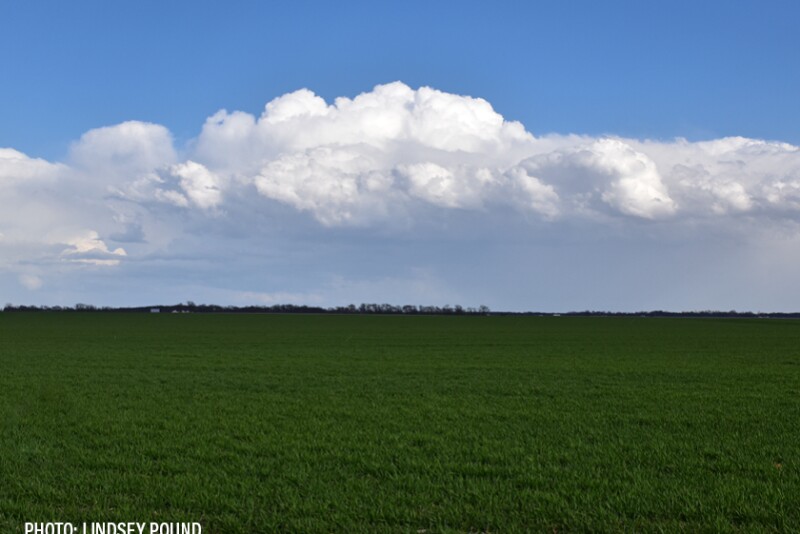After declining below growth neutral for March, the overall Rural Mainstreet Index expanded above the threshold for a second straight month, according to the May monthly survey of bank CEOs in rural areas of a 10-state region dependent on agriculture and/or energy.
The region’s overall reading in May climbed to 55.8 from April’s 50.1. The index ranges between 0 and 100, with a reading of 50.0representing growth neutral. “The rural mainstreet economy continues to experience slow economic growth. Only 11.5% of bankers report improving economic conditions for the month, with 88.5% indicating no change in economic conditions from April’s slow growth,” says Dr. Ernie Goss, Creighton University’s who conducts the survey.
Farming and ranching land prices: The region’s farmland price index dropped to 56.3 from April’s 64.6. This was the 32nd straight month that the index is above 50.0.
Bankers report non-pasture farmland prices in their area grew by an average of 4.3% over the past 12 months. Bankers responded negatively about the future by reporting an average expected price growth of 0.0% over the next 12 months.
Farm equipment sales: As a result of sinking farm financial conditions, the farm equipment-sales index fell to a weak 50.2 from 54.3 in April. The index has risen above growth neutral for 28 of the past 30 months.
Banking: The May loan volume index expanded to a strong 75.0 from 62.5 in April. The checking-deposit index plummeted to a second consecutive low of 22.0 from April’s 25.0, while the index for certificates of deposit and other savings instruments declined to 70.0 from April’s 74.0.
“Two consecutive record low checking deposit indices point to higher deposit outflows, even for community banks,” notes Goss.
Only 15.4% of bank CEOs anticipate the end of the banking insolvency crisis while the remaining 84.6% expect banks to continue to report insolvency challenges.
Confidence: Higher borrowing costs, deposit outflows and labor shortages continue to constrain the business confidence index to a weak 38.5 for May, up slightly from 38.0 in April. “Over the past 12 months, the regional confidence index has fallen to levels indicating a negative outlook,” says Goss.
The survey represents an early snapshot of the economy of rural agriculturally and energy-dependent portions of the nation. The Rural Mainstreet Index is a unique index covering 10 regional states, focusing on approximately 200 rural communities with an average population of 1,300.

